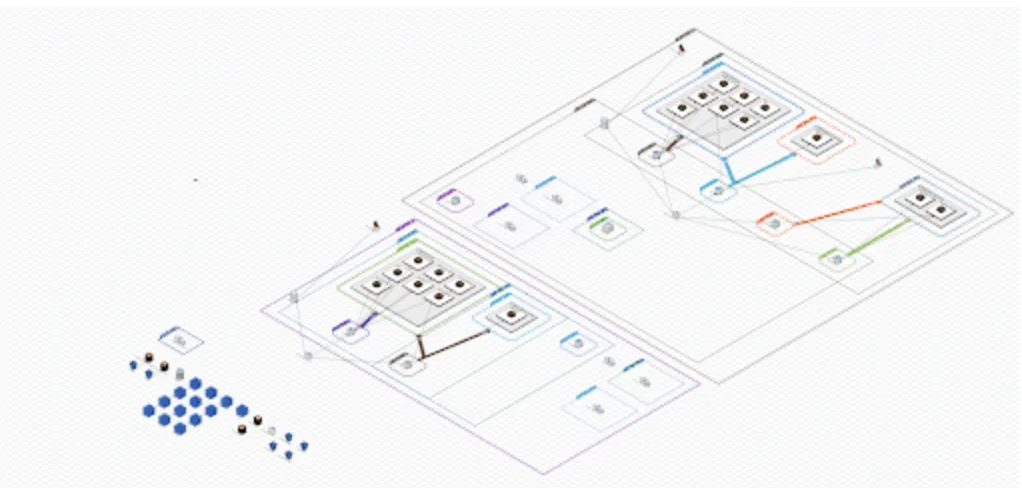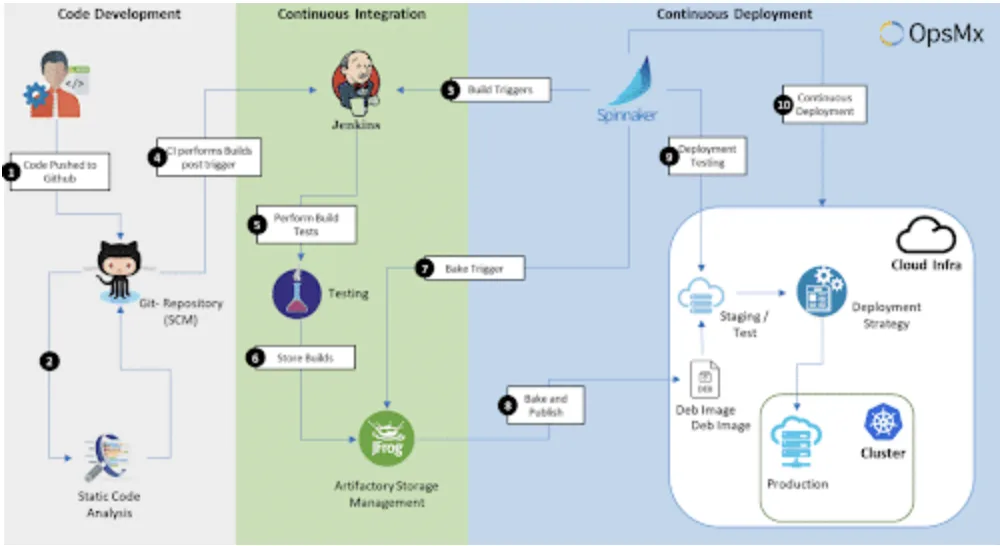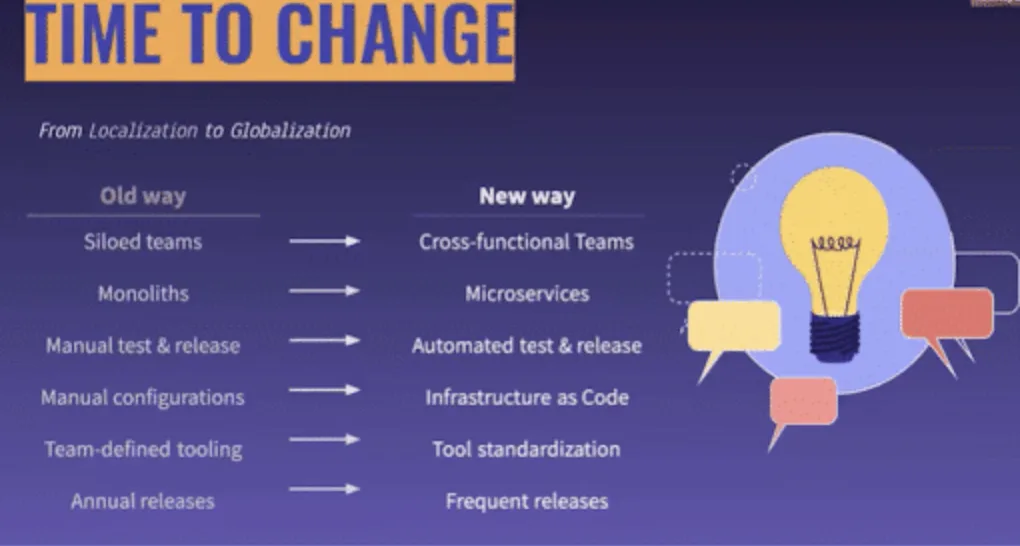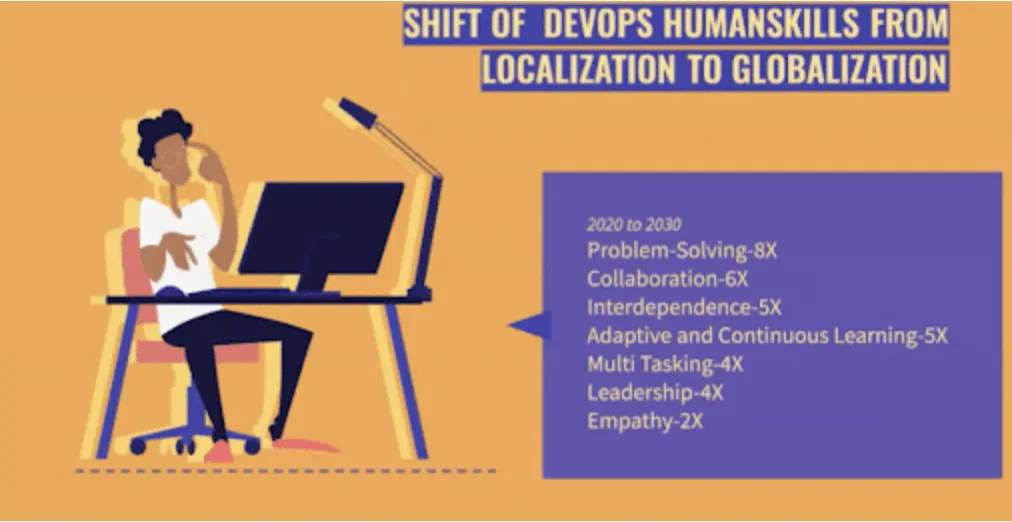The art of adopting DevOps: Culture, process, and automation
Adopting DevOps is an art. It is more complex than just hiring a consultant who can show how to improve processes; it is not just buying and adopting tools to automate manual tasks, and it is not going through standard feedback exercises to build trust. It combines process improvement, organisational and cultural change, and automation with tools to replace manual processes. Adopting these in any enterprise, outside of startups, requires overcoming organisational inertia by:
- Changing culture not by authority, but by showing the need and value of change.
- Building trust, not through meetings, but with improved communication and transparency.
- Improving business value, not by measuring mandated KPIs, but by improving organisational agility and throughput. Overcoming organisational inertia by delivering towards a common goal for the business, irrespective of where in the organisation, and what role one has.
- Developing a culture where everyone takes responsibility for delivering value to the business.
As I have worked with customers adopting DevOps, across company sizes, across industries and countries, four common threads make DevOps adoption successful, leveraging all three aspects of DevOps adoption – culture, process and automation.
Further on, this article will focus on the art of adopting DevOps by looking at the cultural side of DevOps.
Just to begin with:
DevOps is everywhere, whether within the app development process or any technology deploying machine learning; currently, what people are looking for and where is still going to accelerate is its excellence.
Everyone can contribute with their creativity, crafting their art in the software development process.
Going back a bit to when DevOps terminology 1st started, mainly because of how siloed IT was back then, and people began thinking of what would be a way for all humans to come together and change the whole culture of IT and collaborate, creating this infinite loop of CI/CD.
Collaborate - combining DEV with OPS in DevOps
The apparent solution for the Developers and Operations communication gap is the synchronisation between those two teams, which in time came to be known as DevOps. It is the most prominent method by which an organisation can bring a check and balance between development and quality.
DevOps should be considered less of a job title and more of a mindset in which developers and operations work closely together in achieving one common goal – to roll out reliable software using the latest technology trends that are at our disposal, learn, make the world a better place and use creativity at it’s best.
Art of architecture design in DevOps
Real project example:

Tools and Pipelines

Yes, we have tools, and everyone loves them, but there is a whole human aspect to DevOps or the art of DevOps, that is, being able to use the existing tools and use the current history creatively. Existing data to innovate the strategy and look into failure as a service is a creative way of embracing the DevOps culture and being able to collaborate and make a unified decision without being siloed.
The above is the primary definition of the Art of DevOps.
For this to happen, it was, of course, a Time to Change required.


Also, for this Change to truly align with the Art of DevOps definition, the focus should be on human skills and how they can be improved.
So, are you an artist in your IT field?
